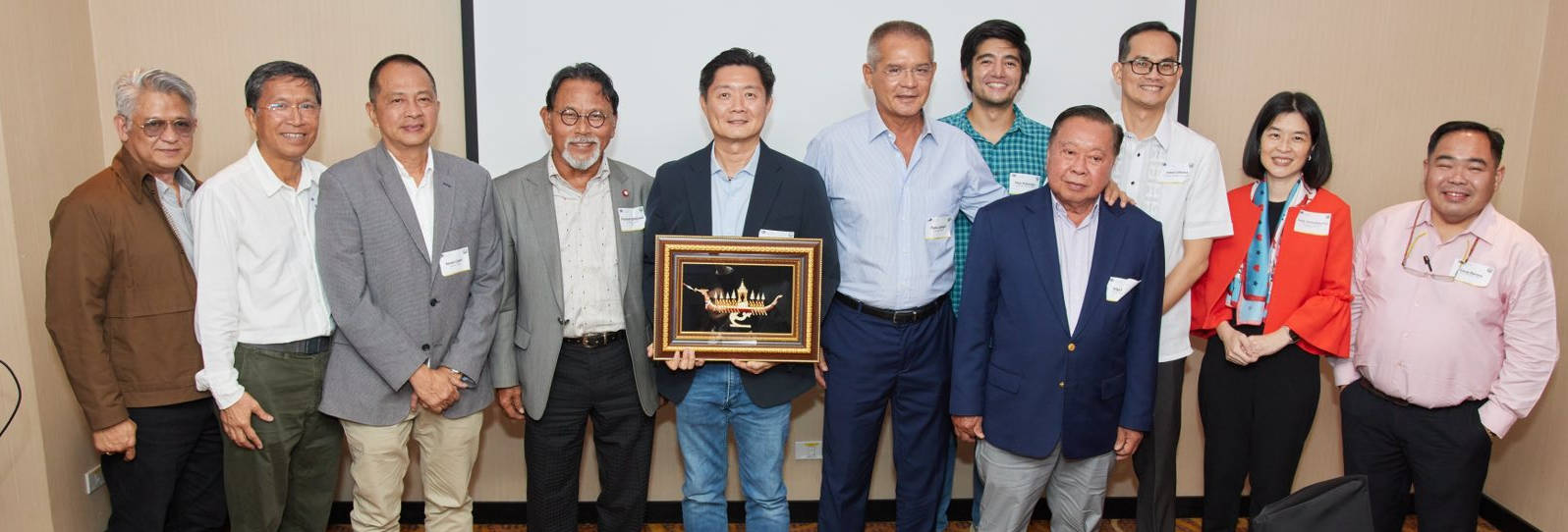February 9, 2015
Sugaronline
LSU AgCenter researchers continue to evaluate energycane varieties planted in north Louisiana as a possible new crop for producers to grow as a biofuel feedstock, according to Louisiana's News Star newspaper.
About 1,000 experimental varieties of energycane were planted at the LSU AgCenter Macon Ridge Research Station in Winnsboro in 2012. A sample of about 300 that continued to show desirable characteristics was selected and replanted the following year.
Data collected so far on these experimental varieties, including their exposure in late 2013 to one of the coldest winters recorded in Louisiana history, suggest a great potential for some of these energycane varieties to be grown for biofuel feedstock, said Collins Kimbeng, an LSU AgCenter plant breeder.
"The plants have survived the cold temperatures common during north Louisiana winters," Kimbeng said. "They are yielding well and don't appear to be suffering from any damages caused by frigid temperatures."
Energycane is a cross between sugarcane and its wild relatives. It is grown for high fiber, or biomass, and not sugar content.
Researchers at the USDA-Agricultural Research Service Sugarcane Research Unit in Houma, Louisiana, are crossbreeding sugarcane with two ancestral species of sugarcane to produce a number of different energycane varieties that can be grown in colder climates.
"Creating an energycane variety that is cold-tolerant will extend the range of cultivation and allow for producers outside the traditional cane growing areas to produce energycane crops," Kimbeng said. "Creating cold-tolerant varieties also will allow for energycane to be grown later into the winter months, prolonging the growing season and enabling producers to produce crops for longer periods of time."
In addition to creating new varieties of cane, researchers also are studying management practices involved with growing energycane in colder climates. LSU AgCenter sugarcane specialist Kenneth Gravois said management practices being studied include fertility management, planting depth and row spacing.
"Our goal is to produce an energycane crop with minimal inputs, such as reduced nitrogen rates and reduced cultivation," Gravois said.
The Winnsboro energycane study is part of the AgCenter's Sustainable Bioproducts Initiative, an effort aimed at identifying feedstocks to grow for use in the biofuels industry.
Reference: http://sugaronline.com/website_contents/view/1239281#sthash.lbmS1NW6.dpuf


